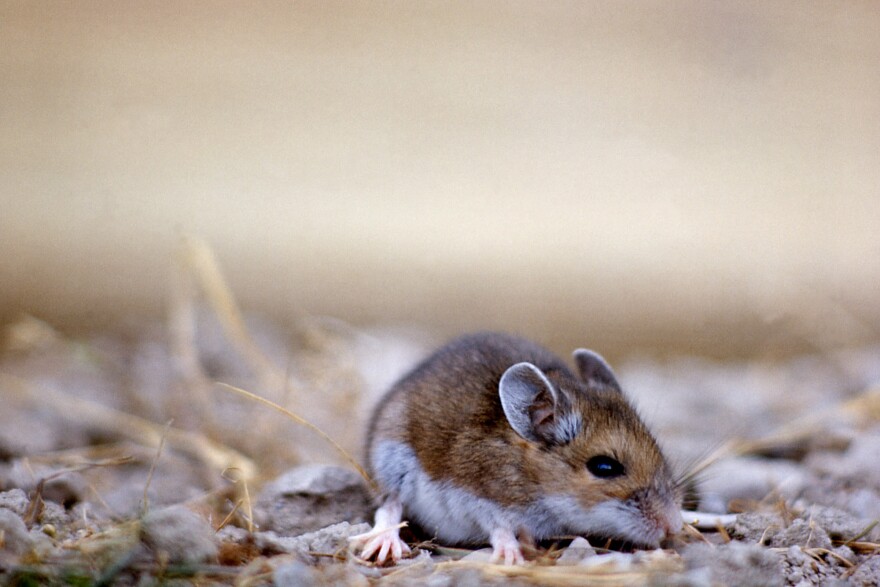How is Hantavirus Pulmonary Syndrome Spread?
Share
Hantavirus Pulmonary Syndrome (HPS) is a severe respiratory disease caused by the hantavirus. One of the most pressing questions regarding this illness is how is hantavirus pulmonary syndrome spread? It is crucial for the general public to have a clear understanding of the transmission routes, preventive measures, and overall awareness about this disease.
When looking at how hantavirus spreads, it becomes evident that the primary carriers are rodents, especially deer mice. Understanding how these carriers infect humans can aid us in developing effective preventive strategies. In this article, we will delve into the transmission mechanisms, risk factors, symptoms, and prevention of HPS.

Rodents: The Primary Reservoir
Hantavirus is primarily transmitted to humans through rodent droppings, urine, and saliva. The deer mouse (Peromyscus maniculatus) is identified as the main reservoir. When humans come into contact with surfaces contaminated with these excretions, they risk inhaling the virus-laden dust particles. This is why places with high rodent populations pose a significant threat, particularly in rural areas.

Human-to-Human Transmission
One of the common misconceptions about hantavirus is the possibility of human-to-human transmission. Currently, there is no evidence to suggest that HPS can spread from one person to another. This means that one can only get infected through contact with infected rodents or their excretions. Thus, personal and community hygiene play a pivotal role in having a healthy environment.
Transmission Routes: How Infection Occurs
There are several ways through which hantavirus infection may happen:
- Inhalation: The most common route involves inhaling dust contaminated with rodent droppings, urine, or saliva.
- Direct Contact: Handling dead or live rodents, or coming into direct contact with their droppings.
- Bites: Rarely, a bite from an infected rodent may transmit the virus.

High-Risk Environments
Understanding which environments are high-risk for hantavirus exposure is critical:
1. **Living in rural areas** where rodent populations are prevalent
2. **Working in industry** related to forestry, farming, and constructions sites in remote areas
3. **Camping or hiking** in areas known for rodent activity
4. **Cleaning or renovating buildings** where rodents may have nested
Preventive Measures Against HPS
Taking precautions can significantly reduce the risk of hantavirus exposure. Heres what you can do:
- Seal Entrances: Keep entry points to your home sealed to prevent rodent entry.
- Maintain Cleanliness: Regularly clean areas where rodents tend to dwell.
- Use Proper Protective Gear: When cleaning up rodent infestations, use gloves, masks, and vented respirators.
For detailed information on prevention measures, consider checking the CDC's prevention guidelines.

Symptoms and Recognition
It is also essential to recognize the symptoms associated with Hantavirus Pulmonary Syndrome. Early symptoms can vary but typically include:
- Fever and chills
- Muscle aches
- Fatigue
- Headaches
Eventually, these can progress to more severe respiratory issues leading to shortness of breath and pulmonary distress. Immediate medical attention is crucial when experiencing these symptoms. For more information on what HPS does to the body, visit this article.
Conclusion
Understanding how is hantavirus pulmonary syndrome spread is crucial in the fight against this severe disease. Awareness about rodent habitats, recognizing symptoms, and taking preventive measures can significantly reduce the risk of infection. Keep yourself and your community informed and safe.
FAQs
1. Can I get hantavirus from my pets?
While pets can carry rodents into your home, they do not directly transmit hantavirus to humans.
2. Is hantavirus fatal?
The mortality rate for hantavirus Pulmonary Syndrome is approximately 30%. Early detection and treatment are key.
3. How common is hantavirus in the US?
Hantavirus is considered rare, with only a few dozen cases reported annually in the United States.
For more frequent updates on Hantavirus statistics, check out this article.
As an Amazon Associate, I earn from qualifying purchases.
